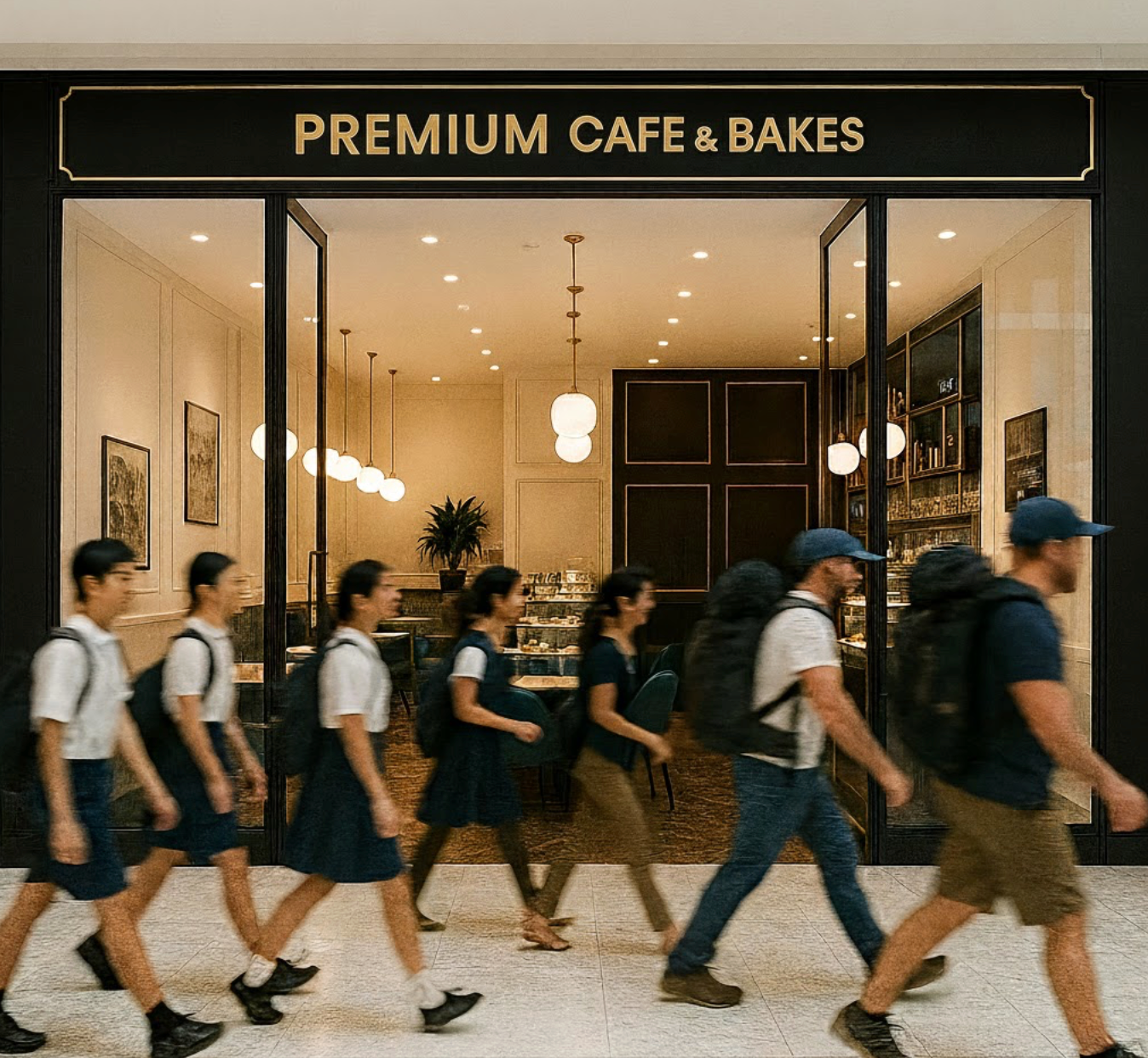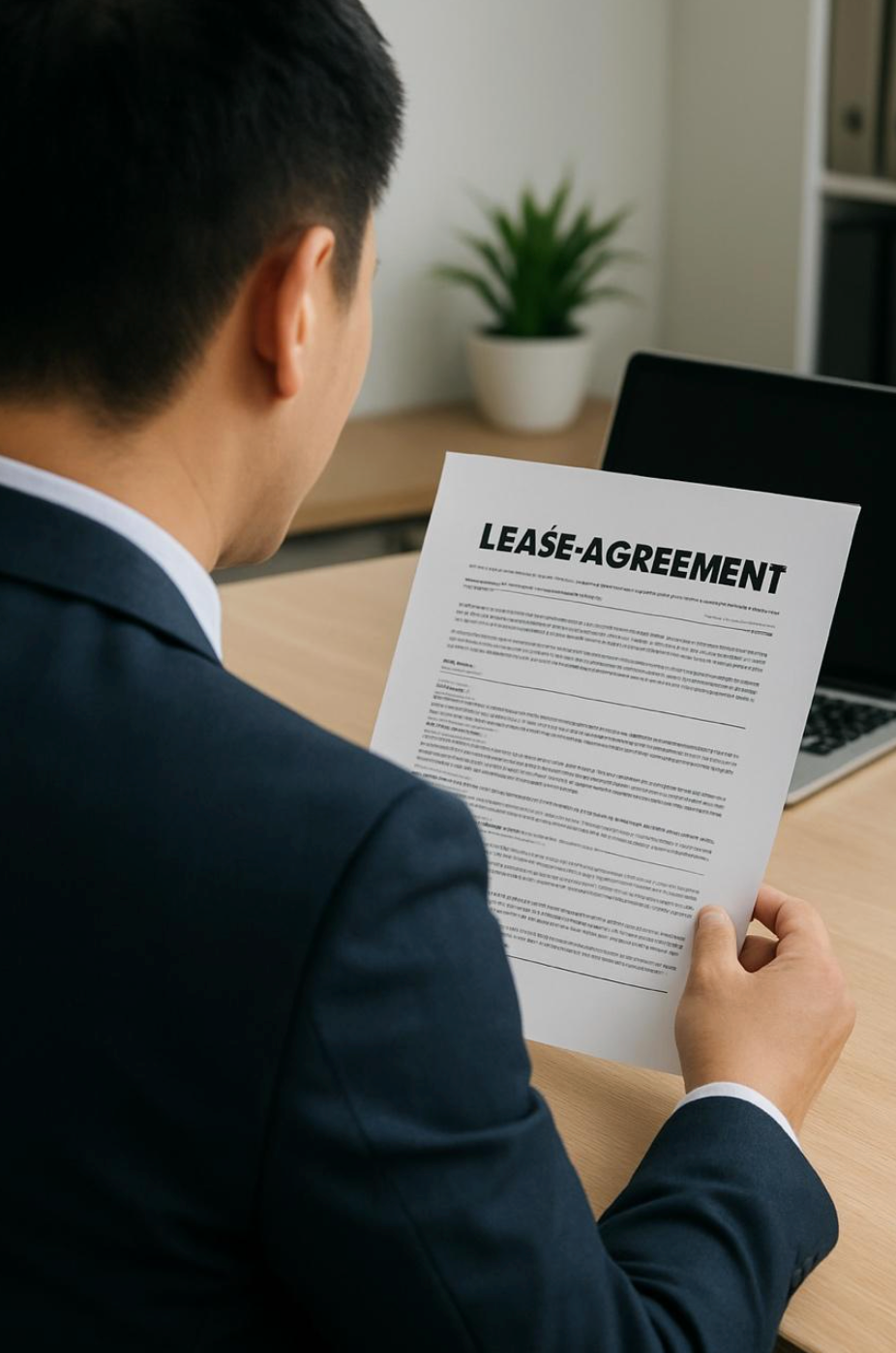Why Your Franchise Location Matters More Than You Think: A Cautionary Guide to Site Selection in Singapore
In franchising, attention often falls on branding, operations, or marketing. However, in Singapore, where rental forms a major operating cost and each neighbourhood has its own character, the location you choose and the lease you sign play a significant role in the performance of your business.

Industry experience indicates that locations which appear promising at first may reveal operational sustainability challenges once the business opens. These challenges often arise from incomplete site evaluations or a limited understanding of lease terms.
Effective site selection is not just about visibility. It is about ensuring the location aligns with the brand, supports operational requirements, and provides a financially sustainable foundation.
High Foot Traffic Is Not Always Enough
A location with a large number of passersby or a recognised address may seem appealing. However, high foot traffic alone does not guarantee suitable customer engagement.
For example, a café designed for working professionals may perform poorly if the area is primarily visited by students or tourists. The audience in the area does not match the intended customer base, which affects sales.

Evaluating a site should include:
- Customer demographics, including age, income, lifestyle, and spending patterns
- Daily traffic patterns, including peak periods and differences between weekdays and weekends
- Neighbourhood context, such as nearby businesses, residential areas, and office clusters
Considering these factors helps ensure the location serves the intended customer profile.
Understanding Lease Costs
Even with the right customer fit, the lease structure can influence long-term sustainability.
Some landlords offer lower base rent but include gross turnover clauses, which increase rent once sales exceed certain levels. Without careful review, this can affect margins.
Additional costs such as service charges, maintenance fees, marketing contributions, and fit-out requirements can also be significant. Reviewing all terms and identifying what is negotiable helps ensure the location supports the business.

Visibility and Access
A unit may be located in a busy development but still have limited exposure if it is positioned poorly. Visibility and access affect customer visits and overall performance.
Important considerations include:
- Placement along natural pedestrian flow
- Clear sightlines without obstructions
- Accessibility via lifts, escalators, or main entrances
- Opportunities for signage
Observing the movement patterns of visitors in the area can provide useful insights before committing to a lease.
Making Informed Site Decisions
Effective site selection requires research, on-site evaluation, and a clear understanding of lease agreements. Decisions based on structured assessment are far more reliable than those guided by intuition alone.
The WSQ Franchise Site Selection and Lease Negotiations course by FLA Singapore equips franchise owners and expansion managers with practical skills to:
- Assess potential locations using objective frameworks
- Understand lease clauses and identify negotiable terms
- Evaluate cost implications accurately
- Engage landlords confidently
- Avoid common pitfalls that affect new tenants
Led by experienced industry practitioners, the course provides immediately applicable tools to improve decision-making and manage operational risk.
Build your franchise on a strong foundation. Enrol in the WSQ Franchise Site Selection and Lease Negotiations course and gain the knowledge and confidence to select the right site that supports long-term business sustainability.

